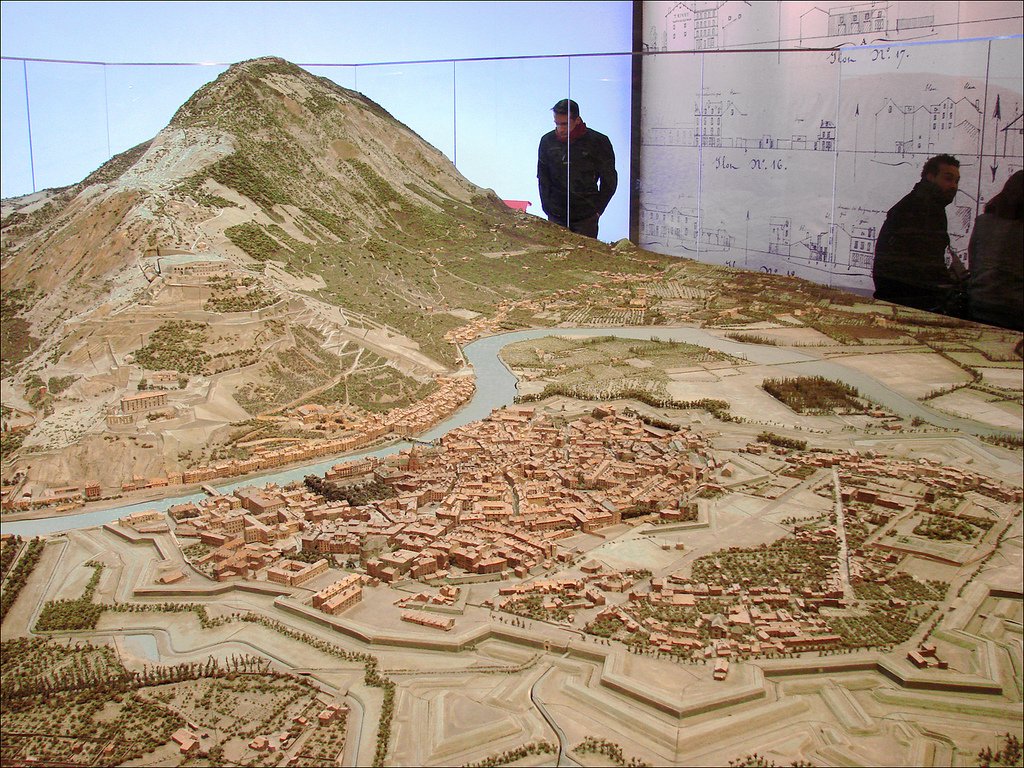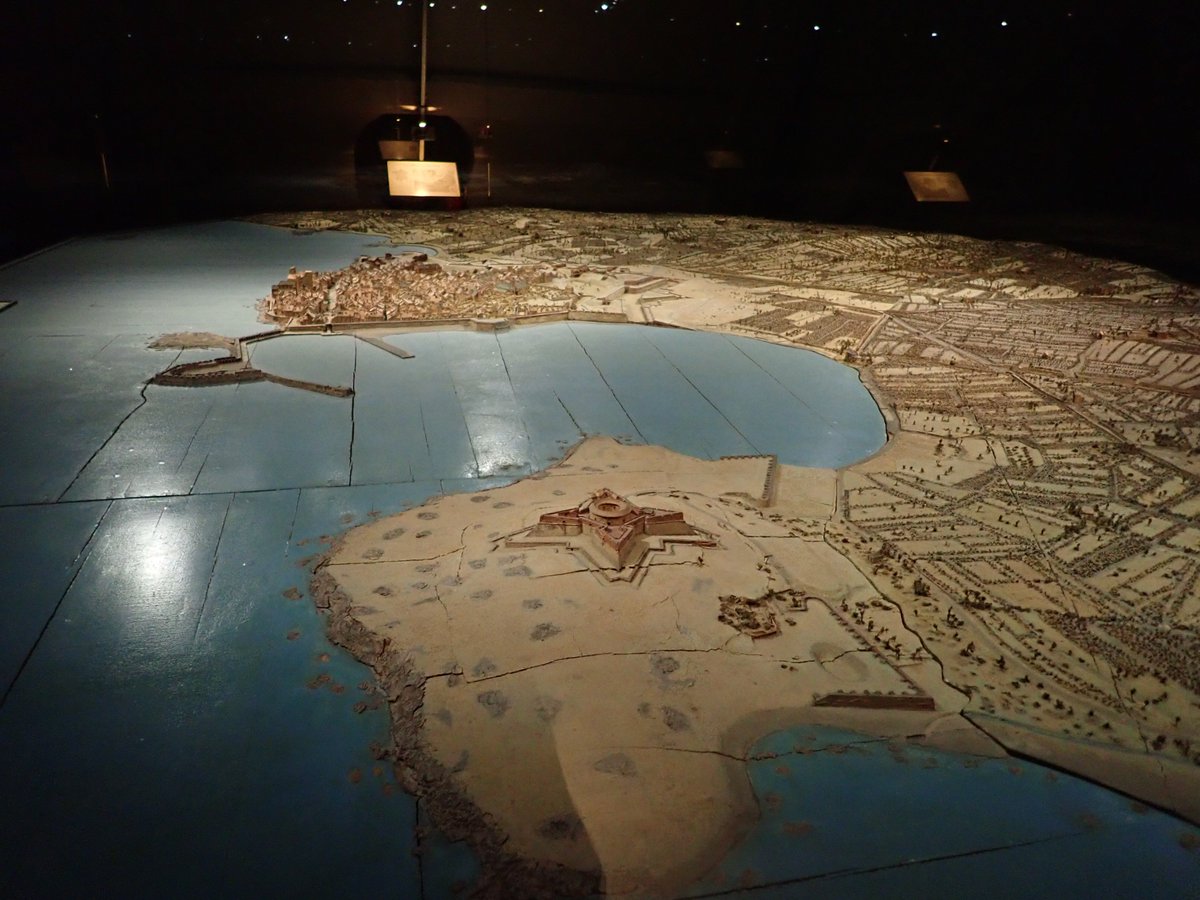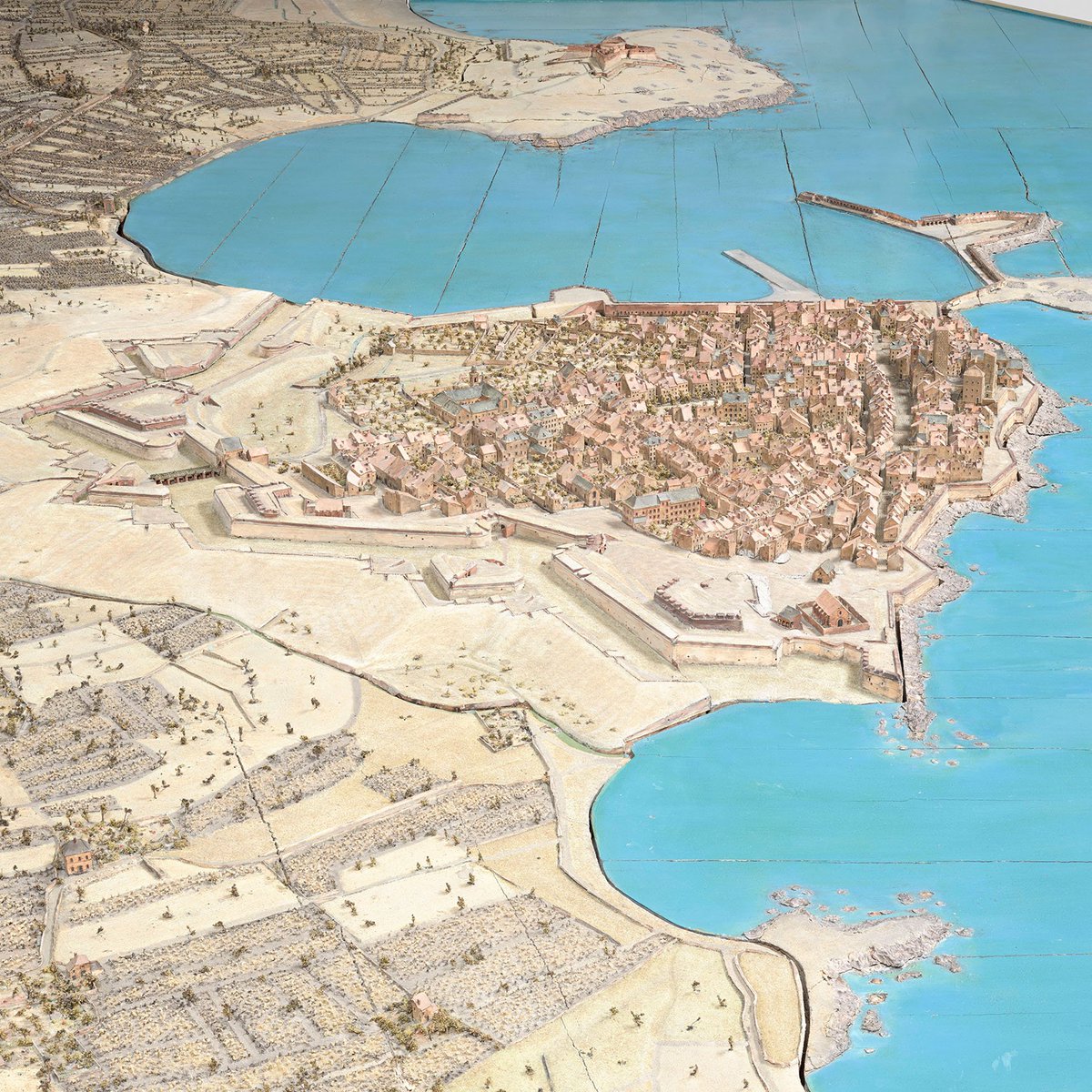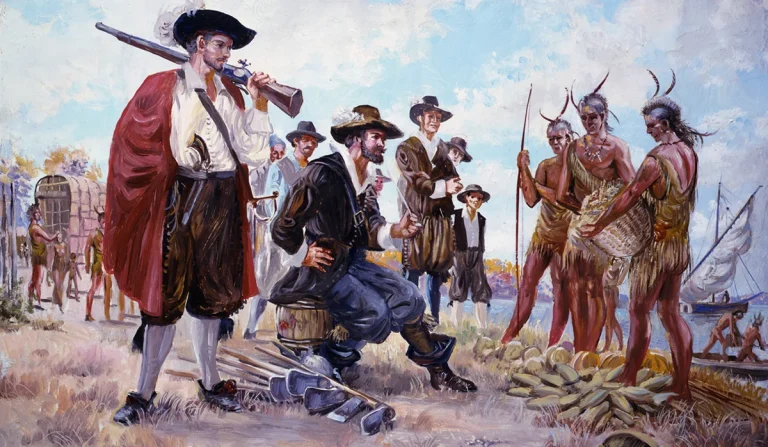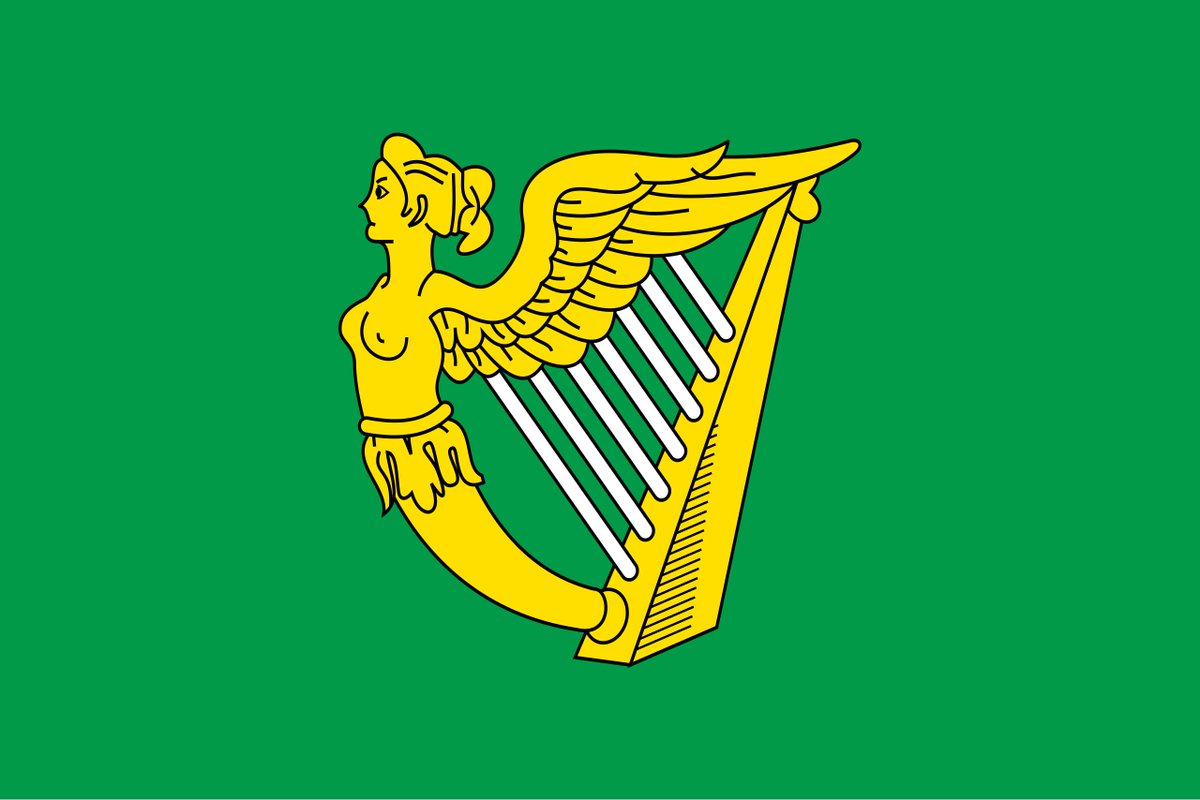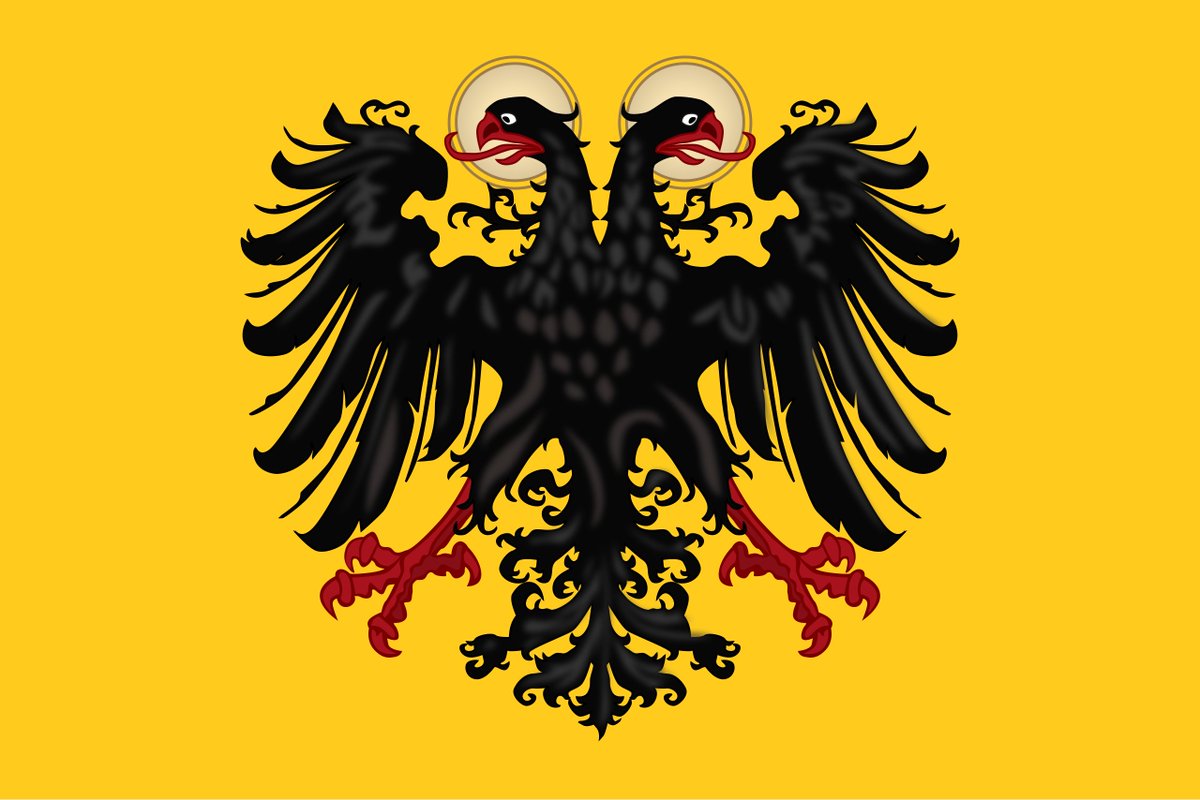Understanding the conflicts of early modern Europe 1494-1699!
Part 1. Why did Catholic France ally with Muslim Ottoman Empire?
A cynical alliance but very important to understand the internal divisions of Europe at the time. I explore the context and the consequences.
THREAD


Part 1. Why did Catholic France ally with Muslim Ottoman Empire?
A cynical alliance but very important to understand the internal divisions of Europe at the time. I explore the context and the consequences.
THREAD



I will start with this subject because this is perceived as the age of religious wars.
Yet how could France as the eldest daughter of the Church have allied to the Muslim Ottomans then?
That's because the conflicts of that era actually arose from old internal European problems.

Yet how could France as the eldest daughter of the Church have allied to the Muslim Ottomans then?
That's because the conflicts of that era actually arose from old internal European problems.


The main driving force behind conflicts in early modern Europe was not religion. It was the French-Habsburg rivalry.
And the conflict that destroyed the unity of Christendom was not a religious conflict but a conflict without any religious causes. The Italian Wars.

And the conflict that destroyed the unity of Christendom was not a religious conflict but a conflict without any religious causes. The Italian Wars.


I like to make this comparison. The early modern Europe had its WWI and its WWII.
The WWI of early modern Europe were the Italian Wars 1494-1557.
The WWII was the Thirty Years' War 1618-1648.
To understand the entire era you have to understand the consequences of Italian Wars.


The WWI of early modern Europe were the Italian Wars 1494-1557.
The WWII was the Thirty Years' War 1618-1648.
To understand the entire era you have to understand the consequences of Italian Wars.



And the key to understanding the Italian Wars is understanding the specific nature of Kingdom of France and how it became a prosperous and aggressive imposing country in the heart of Europe. It was the French expansionism that kicked off the new era of warfare in Europe. 

In 1494 King of France Charles VIII invaded Italy with a powerful army to claim Kingdom of Naples. This invasion would start a series of long wars in Italy which would draw in all the major European powers. It was became the first conflict in Europe involving large coalitions. 

But even though this conflict was the start of a new age, it had a very deep and symbolic connection to an ancient medieval conflict.
Charles VIII claimed Naples through his Angevin ancestry.
He symbolically continued the medieval French Angevin expansionism into Mediterranean.
Charles VIII claimed Naples through his Angevin ancestry.
He symbolically continued the medieval French Angevin expansionism into Mediterranean.

In the 13th century France was a rising power. Philip II transformed it into a powerful realm after he took power in 1190, earning the nickname Augustus. He set the foundations for France as a centralized kingdom with a greater authority of French kings over nobility. 

13th century France was the most prosperous realm in Europe. It was ready to expand and take its seemingly rightful place as the premier power of Christendom. But in order to do that it would have to wage war against other Christians. And this was hard to justify. 

Medieval Catholic Europe was forged by the ideology of crusades. It functioned as a commonwealth of Christian states headed by the Pope and ruled by a common warrior aristocracy that intermarried and shared same civilizational values.
It was a "rules based order" of the time.
It was a "rules based order" of the time.

The ideology of crusades tried to limit violence among Christians and directing it to the borderlands of Christendom where crusades were raging on in Iberia, Mediterranean, Baltic, Balkans and Levant. Non-Catholics were fair game to attack. Wars among Catholics were problematic. 

This created a specific dynamic where Catholic Christendom became a decentralized civilization protected by a series of borderlands of rough frontiersmen and adventurous crusaders with a safe civilized interior that was starting to prosper. France was the most prosperous. 

This also set the stage for another dynamic where the emerging powers in the safety of the interior did not really have to worry about non-Catholic enemies of Christendom invading them. The ideology of crusades would eventually be replaced by self-interests of particular states. 

But the French were able to exploit one already existing divide in Christendom. They were the natural allies of Papacy which was in conflict with the Holy Roman Emperor. The French also benefited from the Albigensian crusade of 1209-1229 waged against Occitan nobility. 

Nominally directed against the Cathar heresy in southern France, the Albigensian crusade resulted in French crusaders fighting against Aragonese and Occitan Catholic nobles, many of whom were of renowned crusader lineages or actual crusader heroes of wars against Moors. 

The Popes also aided the French expansion in south of Italy. Charles of Anjou, brother of French King Louis IX, was assisted by the Pope to take control of Kingdom of Sicily in 1266 which at the time included Naples and southern Italian peninsula. 

But as the French expanded southward they ended up clashing with the Crown of Aragon, a borderland of Christendom forged in the fire of reconquista. The Crown of Aragon was able to take the island of Sicily from French Angevins in the War of Sicilian Vespers of 1282-1302. 

The Pope once again tried to aid the French by declaring a crusade against Aragon in 1284 but the French crusaders were beaten when they invaded Principality of Catalonia. This cynical declaration of a crusade against other Catholics undermined the unity of Christendom further. 

The Crown of Aragon possessed veteran elite warriors from the frontier against Muslims like the famed almogavars and proved to be too tough to crack for the French. France abandoned its expansionist ambitions and would soon end up engulfed in the Hundred Years' War of 1337-1453. 

But as France finally emerged victorious from the Hundred Years' Wars as powerful as ever, it simply continued where it had left off at the end of the 13th century - aggressive expansionism against neighboring Christian states. And so the French invaded Italy in 1494. 



Over centuries France had developed a strong ideology and sense of identity in which some sort of "French exceptionalism" in Europe was stressed with France calling itself "the oldest daughter of the Church" ruled by "the most Christian King", and the cult of st. Louis. 



It is amusing to see modern people taking these things at face value and thinking that France was really committed to being an exemplary Catholic champion of Europe. But when you have to stress something so much it's usually because you lack it. 

It's the equivalent of modern authoritarian systems calling themselves democratic republic of this and that. The reason why French stressed their Catholicism so much was because their politics revolved around aggressiveness to other Catholics and trying to find legitimacy for it. 

Because at the very core of it, the ideology of early modern France was ideology of force and power. It was a precursor to machiavellian politics of interest of state. France was modernizing, centralizing and forging an expansionist mindset behind the authority of the King. 

Louis XII, the successor of French King Charles VIII, revealed how France truly perceived itself by using the porcupine as his personal symbol and royal beast. It was believed that this creature could shoot its quills and the symbol became widely popular during Italian Wars. 

It was how the early modern Kingdom of France was perceived. An aggressive beast that shoots its quills at everyone around it. And France would indeed soon have war everywhere on its borders as the Italian Wars spilled into conflicts in Navarre, Flanders and Rhineland. 

Behind the bravado there was a lot of truth to France being exceptional in Europe in terms of might and splendor. The paradox of France was that it spend its history fighting other Europeans but in many ways France also defined Europeans. Its culture set the tone for Europe. 

And while France was modernizing it had also retained much of its medieval warrior culture as it still had the best heavy knights in Europe. They were complimented by Swiss mercenaries serving as infantry and artillery that could easily crush down the walls of old Italian cities. 

The French army that entered Italy 1494 was the strongest Europe had seen by that time. However despite its military success the campaign was botched due to poor organization and poor leadership of King Charles VIII. The French nevertheless demonstrated their power. 

Over the next decades the French would continue invading Italy. But this aggression put other European powers at alert. Soon Spain that had just united under Catholic monarchs also joined. But the most crucial was the arrival of the Habsburgs to the grand European stage. 

The Habsburg dynasty had slowly been building its base of power in Austrian lands and held the title of the Holy Roman Emperor. But it was only through marriage of Maximilian of Habsburg to Mary of Burgundy in 1477 that made them a power that could rival France. 

Through Mary of Burgundy the Habsburgs inherited the powerful Burgundian state which included the wealthy Low Countries. The Burgundian Dukes were the historic enemies of France and stood in France's way. This alone put Habsburgs at odds with France and made them enemies. 





But it would get even worse for France when Habsburgs made another successful marriage as Maximilian's and Mary's son Philip the Handsome married Joanna of Castile who became heir to Spanish throne. Their son Charles V would inherit everything in 1519 and encircle France. 

The Habsburg Empire of Charles V became the most powerful European empire since the ancient Roman days and would expand in the New World as well. France was suddenly no longer the greatest European power. The Habsburgs ran a true empire and were also winning in the Italian Wars. 

The Habsburgs army in Italy was a great mixture of Spanish warrior culture mixed with German landsknecht mercenaries who imitated the Swiss pike infantry tactics. They were ran by very capable and charismatic commanders. They soundly defeated the French at Bicocca and Pavia. 

The French ran into a similar problem they did centuries ago with the Crown of Aragon of which the Habsburgs were now direct heirs of. Their expansionism was met with fierce resistance and they were being pushed back to their original borders, confined to France only. 

But this was now even worse because they were now encircled. It was a typical case of the hunter becoming the hunted one. The defeat at Pavia in 1525 was particularly embarrassing as King of France himself Francis I was captured and forced to sign a humiliating peace in Madrid. 

It would be the defeat at Pavia that would be crucial for France deciding to ally with the Ottomans. When King Francis returned from captivity he ignored the agreements he made with the Habsburgs and continued hostilities. And now he had powerful allies in Ottomans. 

The modern misconception about the Ottomans is that they were a danger to entire Catholic civilization. In reality they were only a danger to the borderlands which were held by the Habsburgs. They did not pose danger to France, they posed danger to French enemies. 

The French-Habsburg rivalry was indeed based on antagonism between interior and borderlands of Europe. France was part of the prosperous interior of European civilization while Habsburgs were forced into having to defend Christendom over a long front against the mighty Ottomans. 

This was the old European dynamic. The prosperous interior-the borderlands-the outside enemies. The stronger Europe got, the more prosperous the interior was and the less it was endangered by the outside enemies. And the more these outside enemies were becoming natural allies. 

What about the scandal of Catholic France being allied to Muslim Ottomans? This would have been a huge blow to French legitimacy in the old Christendom based on crusader ideology, but the Italian Wars vanished this old Christendom that was built by crusades. How? Let me explain. 

The Christendom built by crusades was based on a commonwealth of Christian states. If an occasional state started to act weird it could be punished by calling a crusade against it. But the Italian Wars introduced a new dynamic of large coalitions and the idea of balance of power. 

With the alliance with France, the Ottomans entered the European sphere whether the Pope liked it or not. They were now an extremely important part of the European balance of power and no longer the total outsiders to Catholic civilization like the previous Muslim enemies were. 



And guess what, in the very next Italian war of 1526-30 the Pope found himself in the French-Ottoman camp rallying European powers against the Habsburg Emperor. And the Catholic Habsburg Emperor's largely Protestant mercenaries would end up sacking Rome to avenge this. 

But I would not totally discount the importance of religion to this dynamic. It did play a role just not in the way people expect. For Ottomans, religion was extremely important in how they perceived their enemies. This is because of the way their empire was structured. 

The distinction between Catholics and Eastern Orthodox was crucial for the Ottomans. After the Ottomans conquered the Byzantines they incorporated the Orthodox Church into their structure and the Orthodox Church supported them and gave them legitimacy. 

The Ottoman Empire was something that grew right next to the Byzantines and was close to this world. And it was from the old core of the Byzantine empire that they expanded to the rest of the Muslim world. The origins of their empire were right next to Constantinople. 

On the other hand the Catholic Europe was a different world to the Ottomans and they realized this. They knew that they could not incorporate Catholics into their empire in the same way Catholic powers didn't try to incorporate Muslims either. 

This is because both Catholicism and Islam functioned as decentralized civilizations that had a strong identity that was not based on a particular state. You could conquer a Catholic or a Muslim state but the population would remain loyal to their civilization. 

The Ottomans were aware of this and were hesitant to pursue big campaigns against Catholics. They knew this was a different world. However the alliance with France was the big game changer because it made them part of European politics and gave them prestige in European theatre. 

The French alliance emboldened Ottomans to invade the Kingdom of Hungary in 1526 where they defeated the Hungarians at Mohács where Hungarian King Louis II also died, causing a succession crisis. This crippled this ancient medieval kingdom and opened the way to Habsburg lands. 

Hungary had been a shadow of its former might since 1490 after the death of Matthias Corvinus and an easy target militarily. Despite this the Ottomans were hesitant to attack before the French alliance. But now they were prepared to play part in European internal politics. 

In Hungary the Ottomans made a wise decision. Instead of subjugating it fully they split Hungary into a part that they controlled directly and a part that would be controlled by anti-Habsburg Hungarian nobility led by their pretender John Zápolya who became Ottoman vassal. 

This was similar to how the Ottomans incorporated the Orthodox Church into their Empire by inciting the most anti-Western sentiments among Orthodox Christians. In Hungary, they supported the anti-Habsburg side of Hungarian nobility who had their own interests in mind. 

The Habsburgs grabbed the remaining part of Hungary. They claimed the throne of Hungary following the death of King Louis II. Hungary ended up divided in three parts. The Habsburgs now bordered Ottomans directly. For the next two centuries, this would be the militarized frontier. 

The French thus successfully emboldened Ottomans to attack the Catholic borderlands of Europe. The Ottomans would attack Vienna just three years after Mohács and it was only due to heroic defense against all odds that it did not fall into their hands in their first try. 



The Habsburgs were now forced to defend a huge stretch of their territories in the grueling Habsburg-Ottoman wars that kicked off due to this French-Ottoman alliance. Because of this a large part of Habsburg lands would remain a troubled borderland and constant frontier. 

This made the Habsburgs stuck in an archaic decentralized modus operandi of the warrior crusader era where they had to depend on spirited aristocracy and rough frontiersmen while the interior of Europe could modernize and centralize. It deepened the differences. 

But the Habsburgs were still a powerful empire. The Italian Wars concluded in 1559 with what was effectively Habsburg victory for influence over Italy, but the Habsburg Empire also split into two parts, the Spanish and Austrian branch, ending the united Empire of Charles V. 

In this way a power balance was achieved with neither side gaining an advantage and the French-Habsburg conflict would continue as would the French-Ottoman alliance, with the two even performing some joint operations together. 

But the most crucial consequence of this alliance was that crusader ideology in its medieval form was now effectively dead, and with it the unity of Christendom.
It signaled the start of a new era where interest of state and balance of power became the new way of diplomacy.
It signaled the start of a new era where interest of state and balance of power became the new way of diplomacy.

The French-Ottoman alliance, the destruction of the idea of Christendom and the endless wars Habsburgs were involved in also opened up the way for something that would come to haunt them even more than the Ottomans...
Protestantism.
But more about this some other time.
Protestantism.
But more about this some other time.

I just added some comments about Louis IX who was exception to French aggressive expansion to other Christian lands and made peace with Aragon. But he was ultimately not able to stop the course of development and here's why.
https://twitter.com/LandsknechtPike/status/1525334002386800641
• • •
Missing some Tweet in this thread? You can try to
force a refresh


